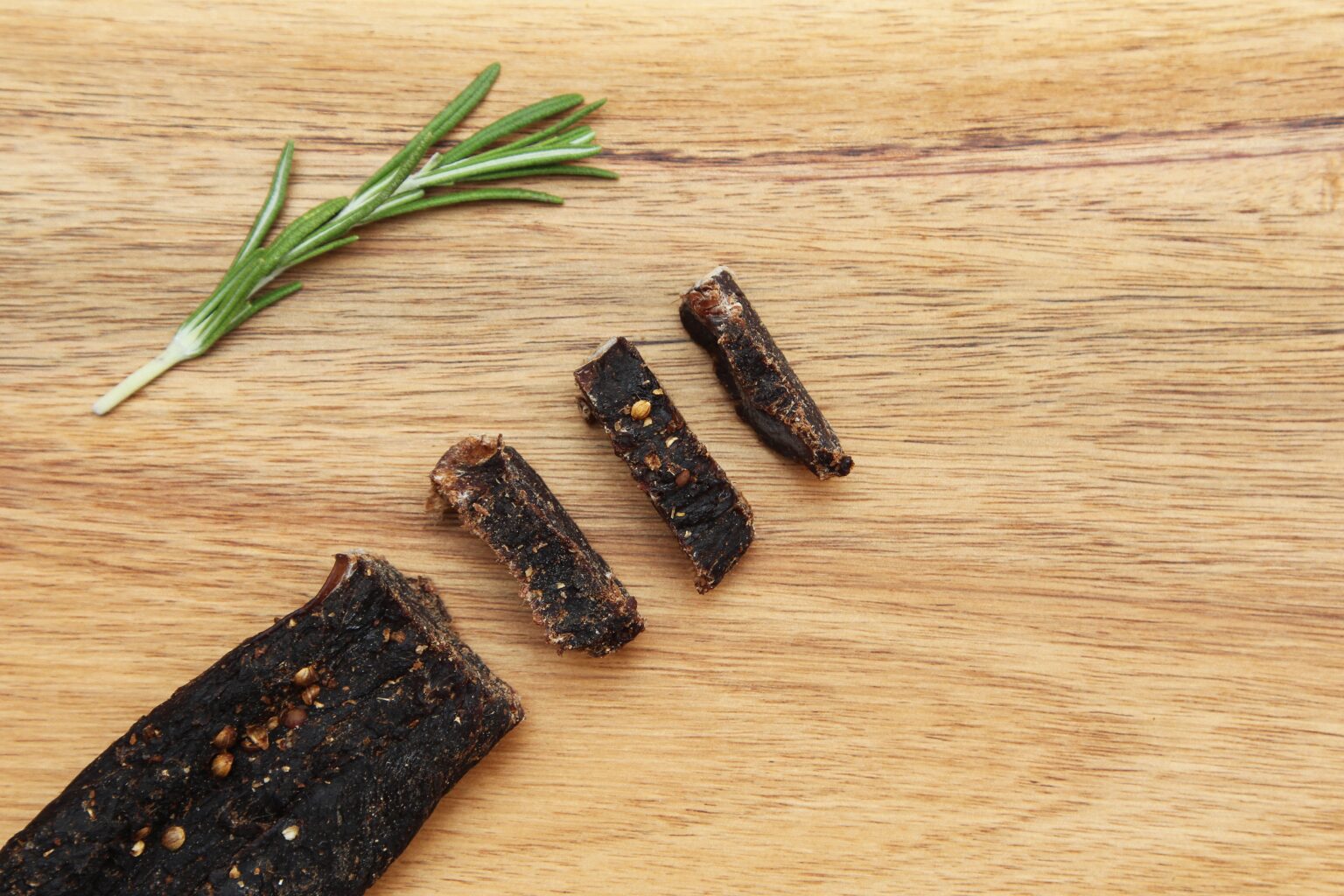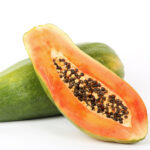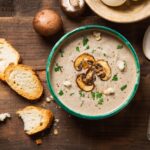Namibia, a breathtaking country located in southwestern Africa, is renowned for its diverse landscapes and rich cultural heritage. The culinary scene in Namibia reflects this diversity, incorporating flavors and traditions from various ethnic groups. From hearty meats to wholesome grains, Namibian cuisine offers a delightful fusion of flavors that are sure to captivate your taste buds. In this article, we will explore the top 10 most eaten foods in Namibia, showcasing the country’s culinary treasures.
- Biltong: A beloved Namibian snack, biltong is dried and cured meat that is typically made from beef or game meats like kudu, springbok, or ostrich. Thinly sliced and seasoned with a blend of spices, biltong is a protein-packed treat that locals often enjoy while on the go or as an accompaniment to their favorite beverages.
- Kapana: Street food lovers rejoice, as Kapana is Namibia’s version of the popular “braai” culture. Found in bustling marketplaces and street corners, Kapana consists of grilled meat, often beef or sausage, cooked to perfection over open flames. Seasoned with various spices and served with chili sauce, onions, and bread, Kapana is a vibrant and flavorsome street food experience.
- Potjiekos: Derived from the Dutch word “potjie,” meaning a small pot, Potjiekos is a traditional slow-cooked stew. Prepared in a three-legged cast-iron pot, this dish combines a variety of meats, vegetables, and aromatic spices. The slow cooking process allows the flavors to meld together, resulting in a tender and delicious meal.
- Mopane Worms: Considered a delicacy in Namibia, Mopane worms are the edible larvae of the emperor moth. Often dried, fried, or stewed, these protein-rich grubs are a popular snack and source of sustenance. Although they might seem unusual to some, Mopane worms have a distinct taste and texture that attracts adventurous food enthusiasts.
- Vetkoek: Vetkoek, meaning “fat cake” in Afrikaans, is a delightful deep-fried dough bread. Crispy on the outside and fluffy on the inside, Vetkoek is often served as a sweet treat with jam or syrup. Alternatively, it can be enjoyed as a savory dish filled with minced meat, cheese, or vegetables.
- Namibian Game Meat: Namibia’s vast landscapes and thriving wildlife provide an abundance of game meats, including kudu, oryx, springbok, and zebra. These meats are often prepared as steaks, sausages, or stews, showcasing the country’s love for hearty and flavorsome dishes. Game meat is a true culinary adventure for those looking to experience the unique flavors of Namibia.
- Pap: A staple in Namibian cuisine, pap is a thick porridge made from maize meal. Similar to polenta or grits, pap is a versatile accompaniment to various dishes, providing a filling and comforting base. It is often served alongside stews, grilled meats, or vegetables, adding a wholesome element to the meal.
- Oshifima: Oshifima, also known as mahangu porridge, is a traditional dish made from pearl millet, one of Namibia’s primary crops. With a texture similar to mashed potatoes, oshifima is often served with meat or vegetable stews. It is a nutritious and energy-packed meal that has been a part of Namibian cuisine for generations.
- Potbrood: Potbrood, meaning “pot bread” in Afrikaans, is a delicious bread baked in a cast-iron pot over an open fire. This bread has a crusty exterior and a soft interior, making it a perfect accompaniment to soups, stews, or enjoyed on its own with butter or jam. The smoky flavor from the fire adds an extra dimension to the bread’s taste.
- Mieliepap: Mieliepap, also known as cornmeal porridge, is a comforting and filling dish made from ground maize. Similar to pap, mieliepap is a versatile base that can be enjoyed with milk and sugar for breakfast or paired with savory dishes like curries or stews for lunch or dinner. It is a beloved staple across Namibia.
Namibian cuisine offers a remarkable fusion of flavors and culinary traditions. From the beloved biltong to the adventurous Mopane worms, Namibia’s top 10 most eaten foods showcase the country’s diverse and delicious gastronomic delights. Whether you’re exploring bustling street markets or dining in traditional eateries, these dishes will take you on a culinary journey through the vibrant flavors and rich cultural heritage of Namibia. So, don’t miss the opportunity to savor these tantalizing treats and experience the unique tastes of Namibia.








